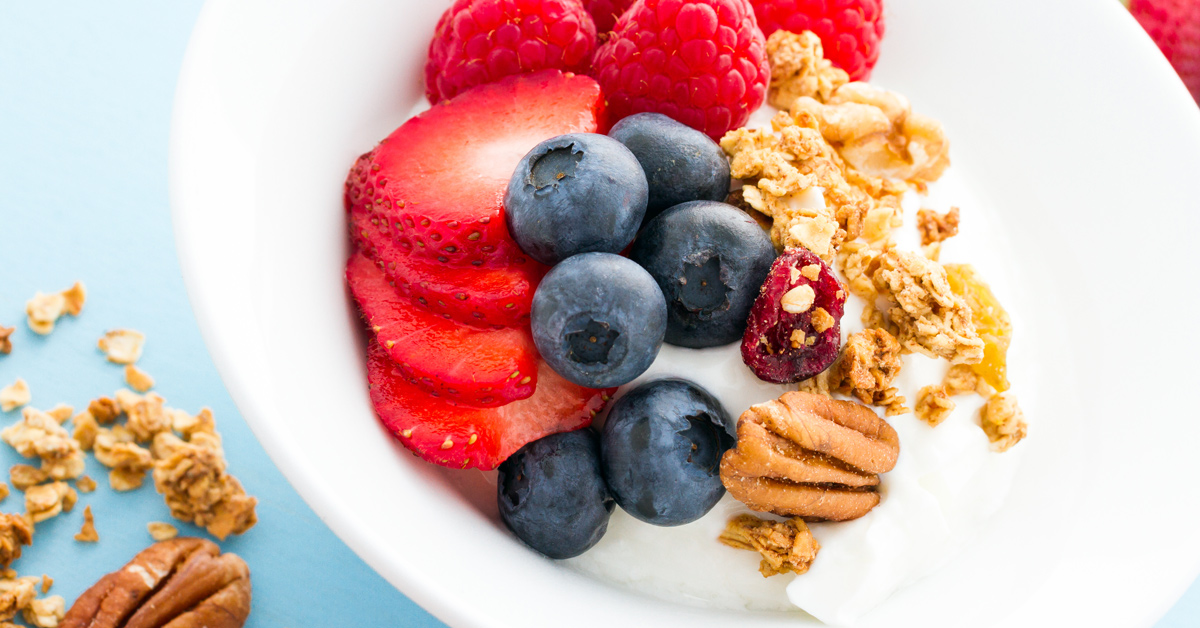Probiotics: Why the ‘Live and Active’ Cultures in Your Yogurt Don’t Cut It

If you are like many others, you think grabbing yogurt is both delicious and beneficial; of course its organic and contains live and active probiotic cultures. But how beneficial are these cultures? And how much do you need? Heres what reports are saying.
What are Probiotics?
Probiotics are friendly bacteria that make up the microbiome in your gut or digestive tract and are the key to good health, especially to good digestion and regularity. Bacteria, though naturally present in the body, accounts for two pounds of bio-mass in your intestines, which need a balance of beneficial bacteria to promote good health.
Levels of probiotics decrease with age and can be affected by other factors, including a poor diet and obesity. As the levels of probiotics decrease, problematic bacteria in the gut thrive, which can lead to digestive problems like bloating and gas.
Probiotics in Yogurt
Many probiotic yogurt brands claim that their product contains active, live cultures and many do. But when heat, pasteurization or sterilization is introduced, it kills the bacteria, rendering it useless. While the best kind of yogurt is organic because it does not usually use these processes, you must be aware that different yogurt brands contain different strains of bacteria. Some strains of bacteria may be more effective than others.
The amount of probiotics in each serving of yogurt varies, as well. Yogurt labels do not list a precise amount of colony-forming units (CFUs) (the dosing for probiotics) that are in each serving. Consumer Reports stated in 2011, that most yogurt products contain a wide-range, from 90 billion to 500 billion CFUs per serving. But the amount each person needs daily depends on multiple factors, including your weight and your ailment. So, while adding yogurt to your diet can provide some vitamins, minerals, protein and probiotics, it is unclear if its consumption can do the job of a high-quality probiotic. In order to reap the benefits that probiotics have to offer, you may want to include a probiotic supplement in your diet. Heres what certified nutritionists and naturopathic doctors are saying about superior probiotic supplements.
Probiotic Supplements
According to Archana Gogna, MS, CNS, MBA, levels of probiotics tend to decrease with age and are lowered by factors such as a poor diet and obesity. As these levels decrease, problematic bacteria in the gut thrive. The most important strains of probiotic bacteria include Lactobacillus, Bifidobacterium and bacillus.
Lactobacillus bacteria inhabit the small intestine, mouth and vaginal tissue. Bifidobacterium are more numerous and are major inhabitants of the large intestine (colon). Both create many important metabolites out of their food and perform a number of functions including burning fat, controlling appetite, fueling digestion and detoxification and support immunity. Bacillus bacteria are spore-bearing bacteria that carry around their own house (and are the only ones to do so). This makes them resistant to heat, moisture, light, stomach acids and digestive enzymes.
When searching for a superior probiotic supplement, make sure that the bacterial strains are non-GMO and that it is a vegetarian formula. The formula should be free of gluten, soy and dairy and contains five of the most important strains of bacteria. All strains must be supplied with at least 2 billion CFU per strain to be sure they can survive and colonize.